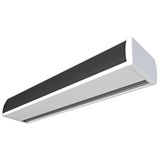In many businesses, particularly those where workers operate heavy machinery or work according to shifts, it is a highly critical consideration for workplace health and safety.
In case you missed it, in part one of this two part blog series, we looked at what employers can do to reduce the risk of workplace fatigue. In this, part two, we are looking at 6 things employees can work on to manage their fatigue levels.
- Forty Winks. It’s not possible to address issues about fatigue without first talking about sleep, and the importance of getting enough. The obvious tips are often the most useful. Listening to your body, even more so. For example, an afternoon nap before the first night shift is best.
- Manage your sleep situation. Take control of issues that impact the quality and duration of your sleep. Be proactive in areas such as putting blackout curtains on your bedroom windows, controlling the temperature (studies show a slightly cooler temperature helps), cutting out noise (such as from a TV), and avoiding alcohol and caffeine. Always seek professional, medical advice for sleep problems.
- Feed the machine. In the same way that you look after a piece of expensive machinery by feeding it with the best lubricant and fuel, your body needs the right fuel for optimum performance and energy levels throughout the working day. If you’re working all night, the vending machine won’t cut it. Bringing your own balanced, nutritious food from home is a much better alternative, and kinder to your system than energy drinks, chips, and chocolates.
- Get into the groove. As the parents of any newborn will tell you, a proper sleep routine is important. As adults, things don’t change much at all. If you’re having trouble sleeping, consider looking more closely at your sleep rituals, such as taking a soothing shower or bath, switching off all your screens, and even listening to a meditation recording or relaxing music.
- Life goes on. For those new to shift work, it may be difficult to manage your personal and social activities around an unusual working pattern while ensuring you have enough sleep. Take the time to properly plan things so life can go on, and work can remain fatigue-free.
- Rules are rules. Company policies and procedures on managing fatigue, and disclosure rules about second (or even third and fourth) jobs are in place to protect your safety. Follow your company’s rules.
Could your organisation benefit from better controls on workplace fatigue? Mitrefinch works closely with a number of organisations to assist with fatigue management in areas such as monitoring employee time and attendance data, planning work rosters and schedules, automating alerts when employees are close to work limits, ensuring compliance with workplace health and safety legislation, and maintaining an audit trail in case of accidents.
Interested in further reading about managing workplace fatigue? Click here to read more.













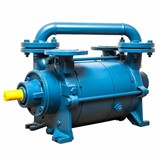
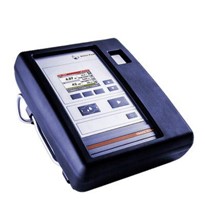
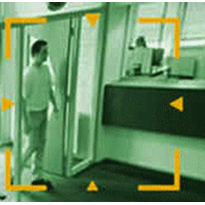
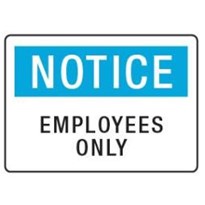
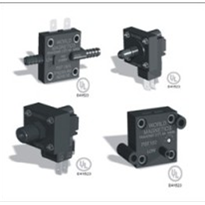
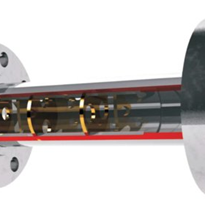
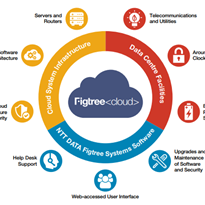

-205x205.jpg)


